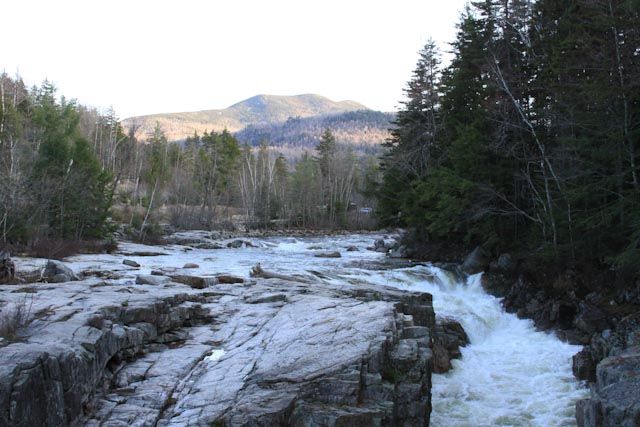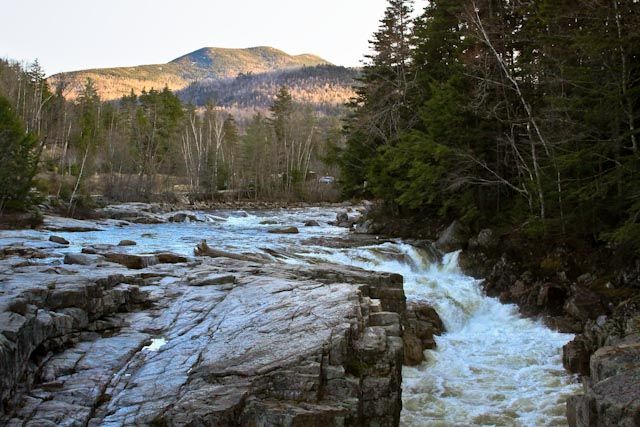What can I do to fix a shot like this...or avoid taking a shot like this in the future?
This is the Rocky Glen Falls in the White Mountains.
Time of day...late afternoon...just late enough to notice a slight drop in daylight. Sun is in the west, I am facing south.
All the highlights are blown in the sky. However, the heavy tree cover to the right makes some of the features a bit dark. Bill has suggested in the past that I try using a powerful flash (budget hasn't permitted yet...lol). Would that help?
SOC Original

Processed:
Cropped and color-corrected.
Because the right-third is the darkest, I added a graduated filter to block off the left and center third of the picture. I dropped the exposure to -0.60, and kicked up the blue sat a wee bit.

Thoughts? Am I on the right track?
This is the Rocky Glen Falls in the White Mountains.
Time of day...late afternoon...just late enough to notice a slight drop in daylight. Sun is in the west, I am facing south.
All the highlights are blown in the sky. However, the heavy tree cover to the right makes some of the features a bit dark. Bill has suggested in the past that I try using a powerful flash (budget hasn't permitted yet...lol). Would that help?
SOC Original

Processed:
Cropped and color-corrected.
Because the right-third is the darkest, I added a graduated filter to block off the left and center third of the picture. I dropped the exposure to -0.60, and kicked up the blue sat a wee bit.

Thoughts? Am I on the right track?
